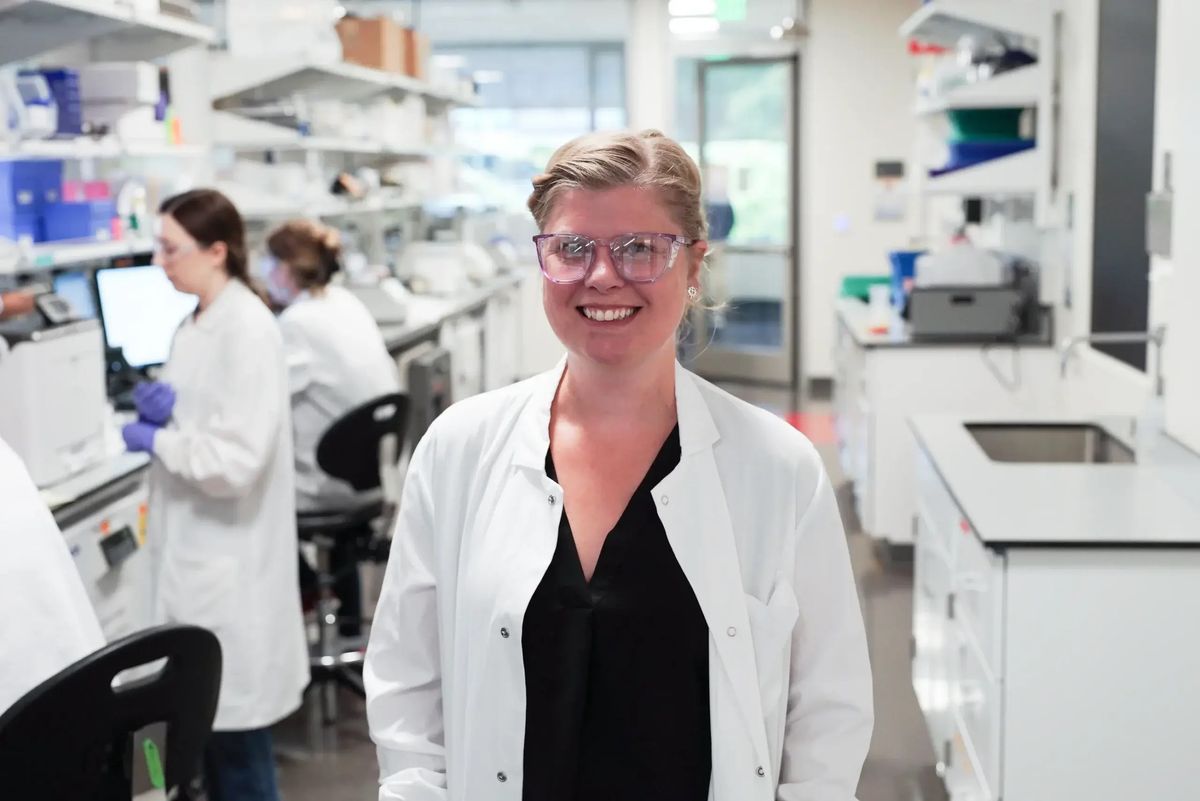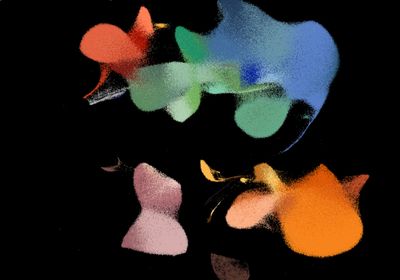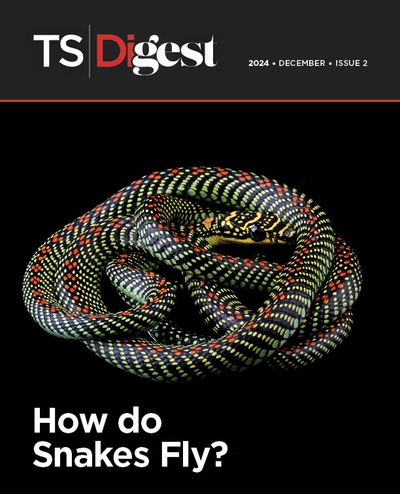Charting the Human Immune Health Atlas
Researchers mapped the landscape of healthy immune cells from childhood through adulthood.

Every individual’s immune system is distinct and changes over time, affecting their health and disease response. Recently, researchers mapped human immune cells to explore what defines a healthy immune system across different ages.
“None of the [current immune-based] atlases were actually robust enough for our purposes,” said Claire Gustafson, an immunologist at the Allen Institute for Immunology, who led the Human Immune Health Atlas project to gain insight into the immune system’s complexity and diversity.
First, the team established their atlas criteria: a wide age range, more cells per person compared to other atlases, and a large pool of donors to capture population and individual heterogeneity. They used flow cytometry and single-cell RNA sequencing on more than 1.8 million cells from healthy male and female donors from the ages of 11–65 years old.
“While a lot of other available atlases have in the thousands of cells per person, when you look at rarer subsets, you’ll be missing those,” said Gustafson. “We actually did much deeper sequencing on a per sample level, where we got greater than 10,000 cells per person to build this map.”
From this vast cellular landscape, the researchers annotated 71 distinct immune cell subsets and generated a vibrant atlas depicting swaths of color. In the above image, each colored dot represents an immune cell, and dots of the same color belong to the same cell type, based on their gene expression.
The team observed changes in immune cell composition across the age groups. Building upon this atlas, described in a preprint, the researchers analyzed more than 16 million cells across the same immune cell subsets, discovering that T cells were primarily affected over time than other immune cells.1
“Deeply characterizing the immune system is going to be critical in designing better vaccines, age-specific therapeutics, and really gain insight into how changes might start and cause dysregulation,” said Gustafson.
- Gong Q, et al. bioRxiv. 2024.


